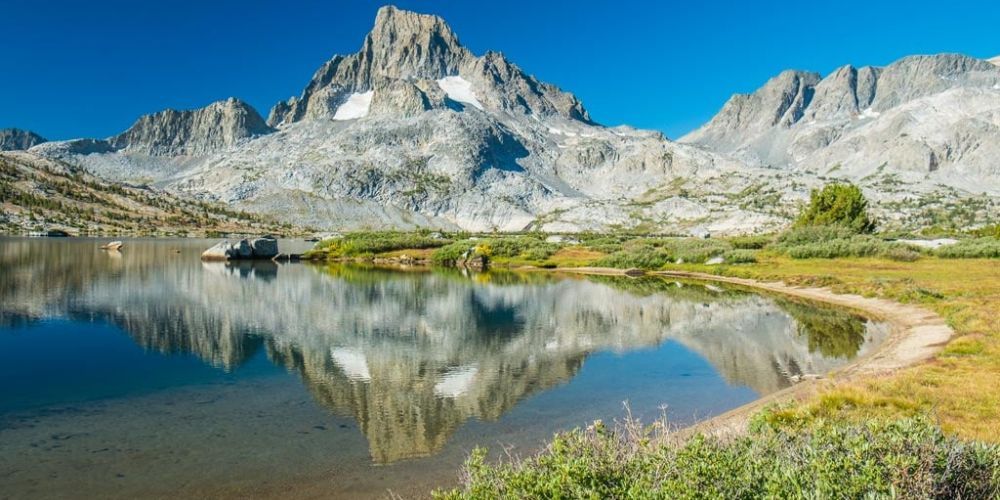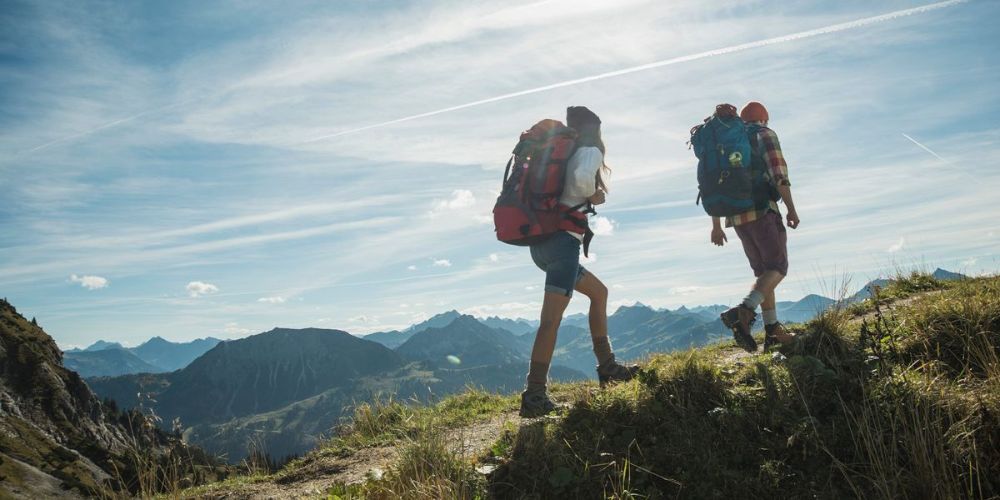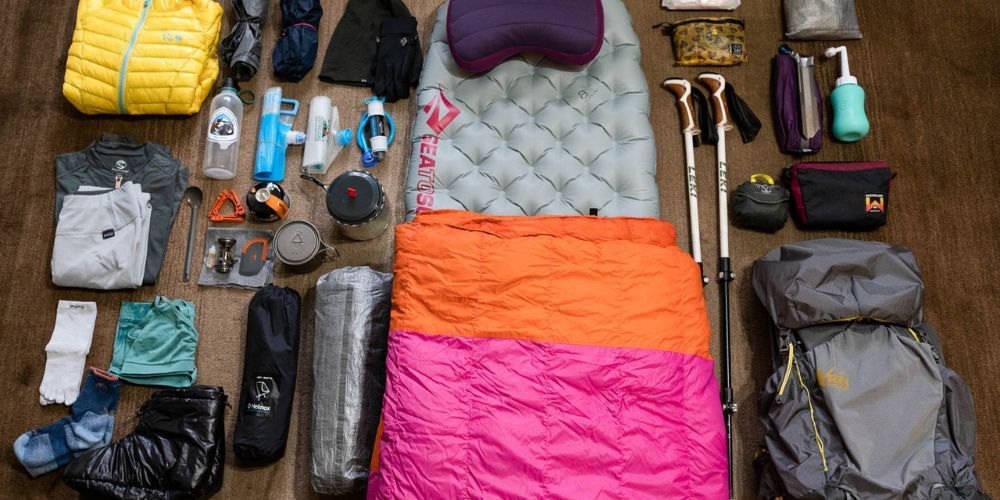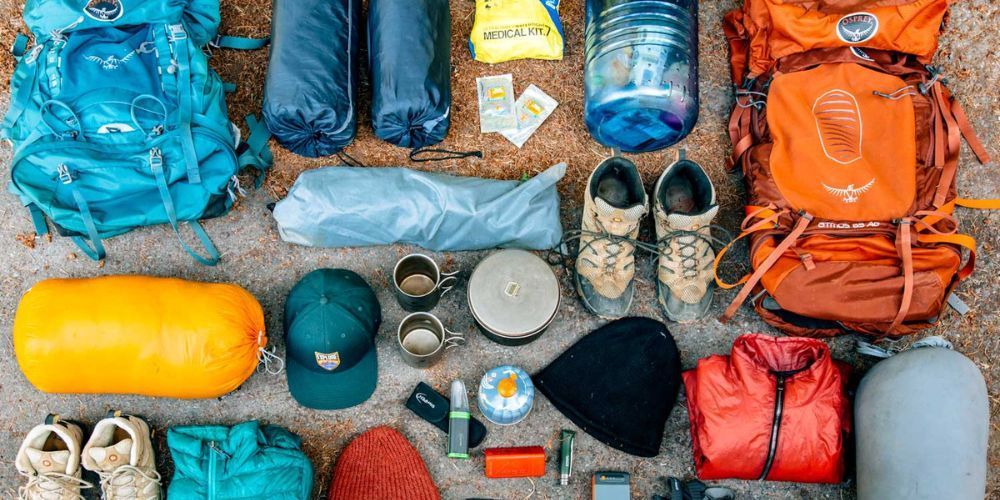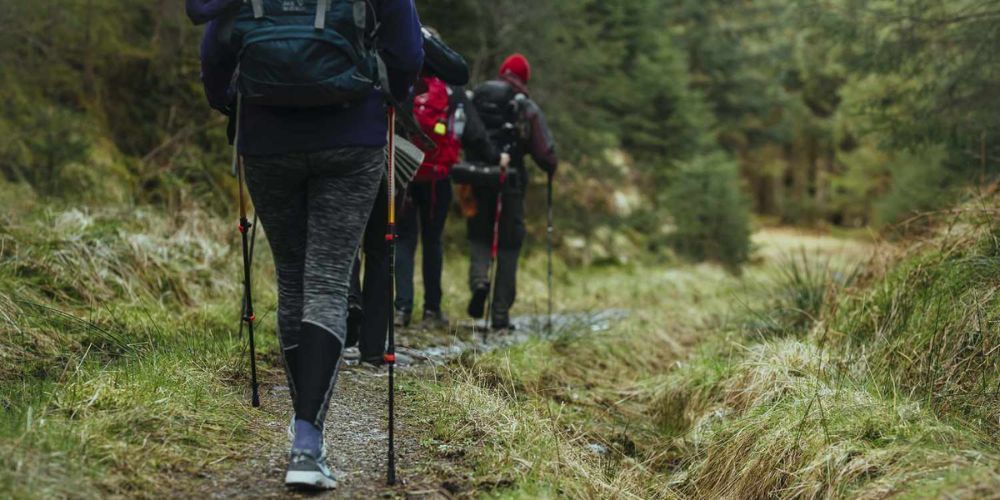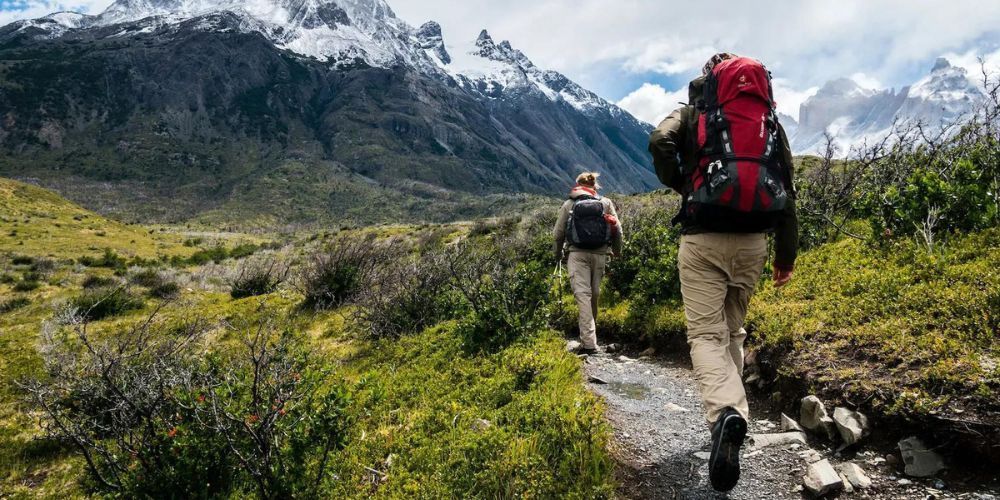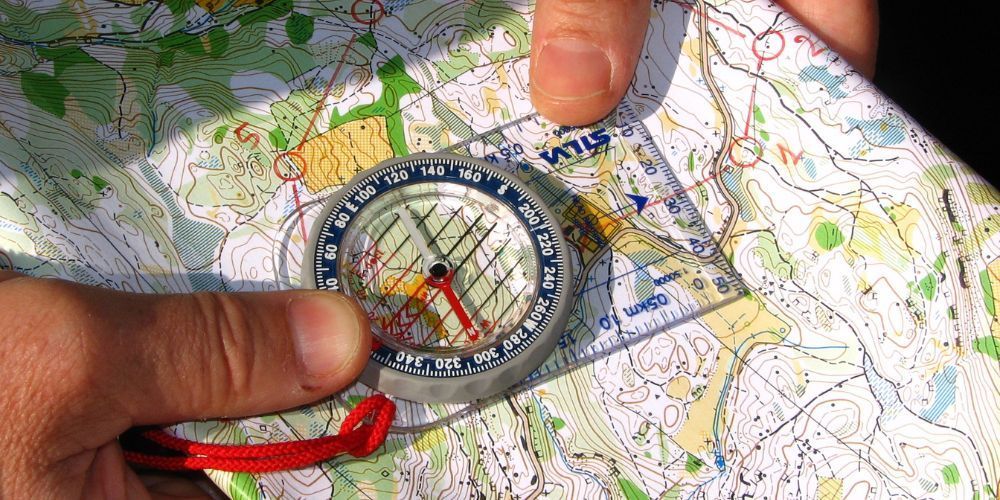The Best Backpacking Backpacks for Hiking and Camping
Choosing the right backpack can transform your hiking and camping trips from arduous tasks into enjoyable adventures. We've all battled with heavy, awkward packs that ruin our backs and disrupt our enjoyment on the trail. But don't worry; there's a perfect backpack out there designed to make your journey comfortable and fun.
After thoroughly examining user reviews and expert opinions, we've curated a list of top-rated backpacks catering to your needs. From enhanced storage solutions to unparalleled comfort features, these options promise to elevate your multi-day hikes and weekend camping excursions. Let's dive into which packs stand out in terms of durability, capacity, and overall usability based on real-world feedback.
The Osprey Aether Plus 70 Pack , Gregory 85 pro (or 75) , and Arc'teryx Bora 75 are highly recommended for hiking and camping due to their ample space, comfort, and reliable warranty. These backpacks offer excellent storage, compartment organization, and well-balanced weight distribution, making them ideal companions for outdoor activities.
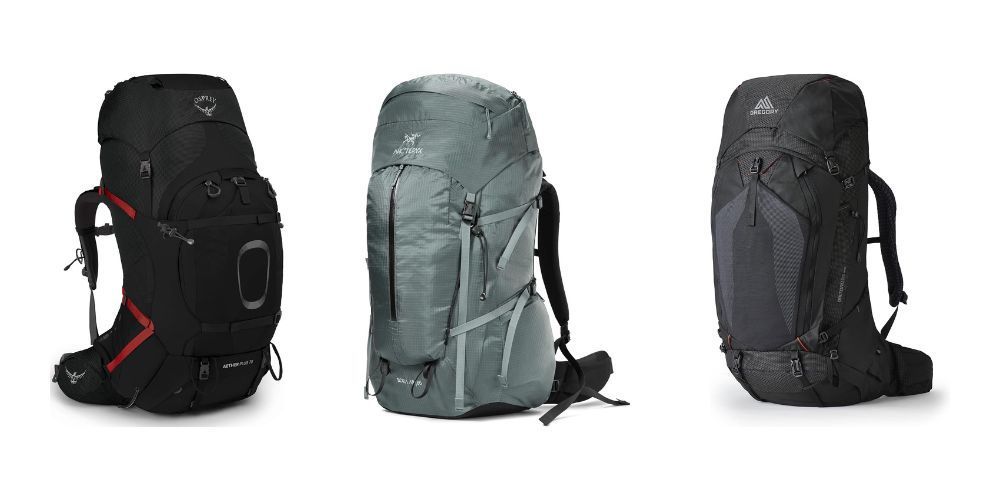
Top Backpacking Backpacks for Hiking and Camping
Choosing the right backpack for hiking and camping is crucial, as it can significantly impact your outdoor experience. Each of the following backpacks has unique features, making them stand out for different needs and preferences.
REI Co-op Trailmade 60 Pack
The REI Co-op Trailmade 60 Pack boasts a high rating, averaging 4.4 out of 5 stars. Its capacity makes it suitable for multi-day trips, and its competitive price doesn't compromise on the features it offers. With a focus on comfort, durability, and storage capacity, this backpack is a well-rounded option for outdoor enthusiasts seeking reliability and versatility.
The Trailmade 60's design includes organizational features suitable for extended trips, such as multiple pockets and easy access to essentials. Additionally, its adjustable suspension system allows for a personalized fit, ensuring comfortable gear carrying over long distances.
Osprey Atmos AG 65 Pack - Men's
The Osprey Atmos AG 65 Pack has gained acclaim due to its innovative Anti-Gravity suspension system, effectively redistributing weight for a comfortable carrying experience even when tackling heavy loads. Furthermore, its reservoir compatibility and included rain cover enhance its suitability for diverse weather conditions and extended hikes.
Notably, the Atmos AG 65 also emphasizes ventilation by incorporating mesh panels and a tensioned back panel to minimize discomfort from accumulated sweat during prolonged use in warm conditions.
Gregory Jade 53 Pack - Women's
Currently on sale at a discounted price from $219.95 to $164.73, the Gregory Jade 53 Pack —with a capacity ranging from 50 to 53 liters—is tailored to accommodate weekend adventures with ease. Specifically designed with women's anatomical considerations in mind, this pack combines ergonomic features with refined aesthetics, offering a balanced blend of functionality and style.
The discounted rate adds an attractive dimension to the already appealing package, making it an enticing option for those seeking quality within a reasonable budget.
These are just a few examples of the top-rated backpacking backpacks available in the market. Each of these options offers unique advantages tailored to specific preferences and needs. For more top-rated options specifically curated for your requirements, you can explore our carefully selected collection at Sports and Nature Gear, where quality meets affordability.
Navigating the vast array of features in backpacking backpacks can be overwhelming. Next, we'll dive into essential factors to consider when selecting the perfect backpack for your outdoor expeditions.
Essential Features to Consider
When choosing a backpack for your hiking and camping trips, it's crucial to keep in mind the essential features that can greatly enhance your outdoor experience. Not only do these features ensure convenience and comfort during your journeys, but they also play a vital role in keeping you safe and prepared for any unexpected weather or terrain challenges.
One of the most significant features to consider when choosing a backpack is its hydration reservoir compatibility. This feature ensures that you can carry and access water easily during your hikes, allowing you to stay hydrated without having to stop and fumble with water bottles. Hydration reservoirs are a convenient way to drink water while on the move, ensuring that you can maintain your fluid intake without interrupting your pace.
Another important aspect is the presence of multiple compartments and pockets within the backpack. These compartments and pockets are invaluable for organizing your gear efficiently, ensuring easy access to essential items during your outdoor adventures. Side pockets for water bottles make it easy to stay hydrated, while hip belt pockets provide quick access to snacks or small essentials. Additionally, a dedicated sleeping bag compartment offers a designated space to store this crucial piece of camping gear.
In unpredictable weather conditions, a rain cover becomes an essential component of your backpack. Sudden downpours can drench your gear, leading to discomfort and potential safety hazards. A built-in rain cover ensures that your gear stays dry and protected from the elements, providing peace of mind during adverse weather conditions. Whether you encounter unexpected showers or need additional protection during river crossings, a rain cover inclusion is indispensable for keeping your gear dry and ready for use at all times.
These essential features not only contribute to the practicality of your backpack but also enhance your overall hiking and camping experience. By considering hydration reservoir compatibility, multiple compartments and pockets, as well as rain cover inclusion when selecting your backpack, you can ensure that you are well-prepared for various outdoor scenarios, offering convenience, organization, and protection throughout your expeditions.
As we immerse ourselves in the realm of outdoor gear, understanding the factors that amplify comfort and adjustability becomes paramount for an enriched exploration. Let's now dive into the pivotal considerations that make our journey more gratifying.
Comfort and Adjustability
When you're out on the trail with all your gear, the last thing you want to worry about is an uncomfortable backpack. Most top-of-the-line backpacks are designed with your comfort in mind. They use special designs and materials to ensure they feel as comfortable as possible on long hikes.
Ergonomic Designs Matter
The first thing to look for is ergonomic designs. This includes padded shoulder straps and a hip belt. These features are crucial because they distribute the weight of your pack evenly across your body. By doing this, these features help reduce strain on your shoulders and lower back, making those long treks much more manageable. It's like having an extra pair of hands helping you carry the load.
Finding the Perfect Fit
Adjustable torso length is another crucial factor when considering comfort. Having a backpack with an adjustable torso length allows you to customize the fit to your body size, making it more comfortable for extended periods of hiking. A proper fit also ensures that the weight distribution is just right, making those long journeys much more enjoyable without any nagging discomfort.
Ventilation Features for Enhanced Comfort
When you're deep into a strenuous hike, it's easy to build up a sweat, especially on your back where the backpack rests against your body. That's why ventilation features are so important. Look for backpacks with mesh back panels or ventilation channels as they can significantly reduce sweat buildup on your back during intense activities. Your back will thank you for it, especially during warm weather or high-intensity treks. It makes a world of difference in keeping you feeling fresh and comfortable throughout your hike.
Ultimately, when choosing a backpacking backpack for hiking and camping, ensuring superior comfort and adjustability not only enhances your overall experience but also plays a crucial role in preventing fatigue and discomfort during strenuous activities.
In ensuring complete comfort during your outdoor adventures, selecting durable materials and understanding their impact becomes paramount.
Durability and Materials
When it comes to selecting a backpack for your hiking and camping adventures, durability is paramount. The longevity of your backpack heavily relies on the quality of materials used and the construction of its components. Let's break down what to look for:
High-Quality Fabrics
It all starts with the fabrics. You'll want to inspect the materials used in constructing the backpack. Fabrics like ripstop nylon or polyester offer resistance to tears and abrasions, ensuring that your backpack can withstand the rigors of outdoor use without falling apart. These fabrics are designed to be tough, making them ideal for enduring harsh conditions.
Ripstop nylon, as the name suggests, has a unique woven structure that prevents tears from growing larger. On the other hand, polyester has its own set of strengths, providing reliable performance in inclement weather. Understanding the properties of these fabrics will allow you to select a pack that aligns with your specific needs, ensuring that it can stand up to the demands of your outdoor excursions.
Reinforced Seams and Stitching
While high-quality fabrics play a crucial role, another factor to consider is the integrity of the construction itself. Look for reinforced seams and stitching around stress points like shoulder straps and the base of the pack. This attention to detail ensures long-term durability, preventing premature wear and tear at critical junctures.
Well-constructed seams and stitching not only add robustness but also provide peace of mind during prolonged use. They keep the fabric layers securely fastened, reducing the risk of fraying or unraveling under load.
Trusted Brands
To further solidify your choice, opt for reputable brands known for their dedication to durability. Brands such as Osprey , Arc'teryx , and Deuter have garnered strong reputations for crafting packs that withstand the test of time. Additionally, these trusted names provide warranties and reliable after-sales service, underscoring their commitment to customer satisfaction.
These brands have honed their craftsmanship over years of experience, resulting in a deep understanding of how to create backpacks designed for resilience without sacrificing comfort or practicality.
In prioritizing high-quality fabrics, reinforced construction, and renowned brands when choosing a backpack , you'll equip yourself with a reliable companion for countless adventures in the great outdoors.
So, now that we've laid a sturdy foundation on backpack durability, let's dive into evaluating load capacity—an essential aspect in ensuring a comfortable and efficient hiking or camping experience.
Evaluating Load Capacity
Selecting the appropriate load capacity for your backpack is crucial to ensure it comfortably accommodates all your gear while allowing you to move freely during your outdoor adventures. Let's break down some key considerations to help find the right size pack for your needs.
Trip Length Consideration
When planning a backpacking trip, one of the first things to consider is the length of your excursion. For weekend trips or overnight hikes, a 50-60 liter pack is often ideal, providing sufficient space for essentials without unnecessary bulk. On the other hand, if you are embarking on a multi-day adventure, especially in varied terrain or unpredictable weather conditions, opting for a larger 65-80 liter pack ensures you have the room needed for additional clothing layers, sleeping bags, cooking equipment , and other essentials for an extended outing.
Keep in mind: The longer the trip, the more supplies you'll need to bring along, requiring a larger pack with ample storage capacity.
Gear Requirements
Consider the type and quantity of gear you plan to carry on your hiking or camping trip. Bulky items such as a tent , sleeping bag, cooking gear , and extra layers can quickly consume space in your pack. If extensive gear is part of your adventure plans, it's critical to opt for a higher capacity backpack to accommodate these items efficiently. A larger pack also offers flexibility when it comes to accommodating unexpected gear additions or optional items like camp chairs or trekking poles.
Thinking ahead about what you'll be carrying can save you from struggling with an overstuffed pack or having to leave essential gear behind due to space constraints.
Weight Distribution Features
In addition to volume considerations, it's important to pay attention to weight distribution features offered by different backpack models. Look for packs equipped with load lifters and adjustable weight distribution systems that enable you to balance the load effectively across your shoulders and hips. Properly distributed weight reduces strain on your body during extended treks, minimizing fatigue and promoting comfort.
An evenly distributed load also enhances your stability and agility while navigating challenging terrain or rapidly changing elevations. When choosing a backpack, prioritize features that support even weight distribution to ensure a comfortable and well-balanced hiking experience.
By considering these factors when evaluating load capacity for backpacking packs , you can make an informed decision that aligns with the specific requirements of your outdoor adventures.
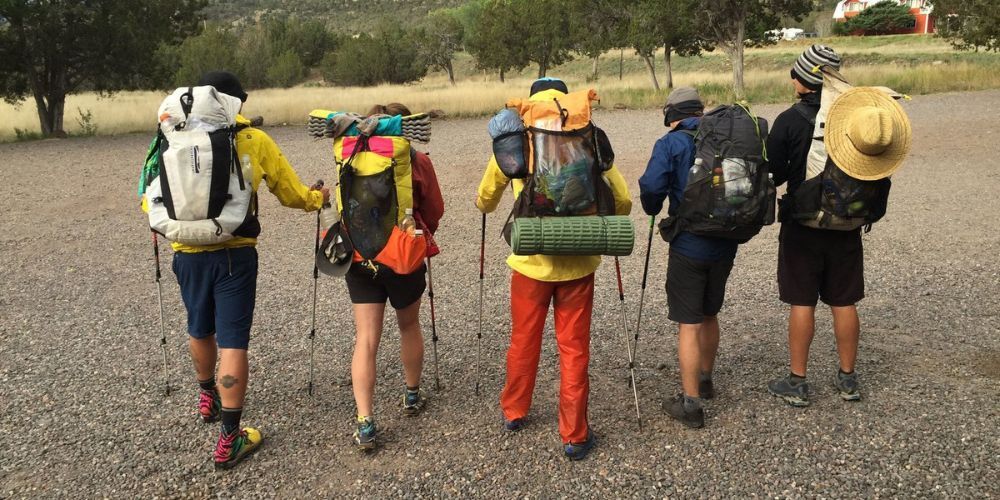
Picking the Perfect Fit
Choosing a backpack that fits you perfectly is just as important as its load capacity. The right fit can make or break your hiking or camping experience. A poorly fitting backpack can cause discomfort and pain, turning an enjoyable trek into a painful ordeal.
Most importantly, a correctly fitting backpack allows for proper weight distribution, ensuring you don't put unnecessary strain on your back and shoulders. It also promotes balanced movement, reducing the risk of injury while trekking through uneven terrains.
Measuring Your Torso: When finding the right fit, start by measuring your torso length to ensure that the pack aligns correctly with your back. Measure from the base of your neck to the top of your hip bones. This measurement will guide you in choosing a backpack with a suitable harness system.
Different manufacturers have varying recommendations for torso length ranges for their backpacks. They may offer extra-small, small, medium, large, and extra-large sizes to accommodate different torso lengths. Check each manufacturer's guidelines to match your torso measurement with the appropriate backpack size.
Trial Fitting: Whenever possible, try on the backpack with some weight in it to simulate real hiking conditions. Adjust all the straps—shoulder straps, hip belt, and load lifter straps—to find the optimum comfort and fit for your body type. Pay close attention to how well the shoulder straps mold around your shoulders and whether your hips adequately support the load.
Imagine the shoulder straps digging into your skin or the hip belt sliding down constantly during a hike — that's the last thing you want when you're out in the wilderness enjoying nature's beauty.
Gender-Specific Designs: Consider gender-specific designs when choosing a backpack, as they often feature more tailored fits and padding to enhance comfort for different body types. For instance, women's backpacks are designed to accommodate narrower shoulder widths and wider hip belts compared to men's packs.
Some individuals might find that gender-neutral backpacks suit them better despite their gender as these packs offer more versatile adjustments to cater to various body shapes.
Ensuring a perfect fit isn't just about comfort but also safety—strapping on a well-fitted backpack significantly reduces the risk of common hiking ailments such as back pain, chafing, and blisters.
By understanding how to measure your torso length, trial fitting with weights, and considering gender-specific designs, you’re well on your way to finding a backpack that’s comfortable and safe for your next outdoor adventure.
Embarking on an adventure comes with exciting opportunities and challenges. With a well-fitted backpack in tow, let's now journey towards mastering efficient packing techniques.
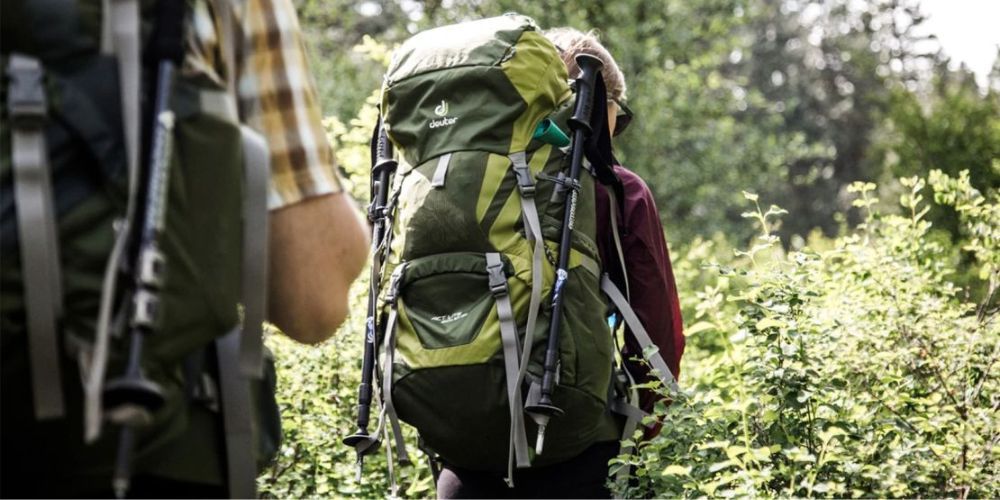
Efficient Packing Techniques
Efficient packing is an art form that can significantly impact a hiking or camping trip. When done right, it not only ensures a comfortable journey but also contributes to better weight distribution and accessibility to your essential items. Here are some effective techniques to help you optimize your packing:
Pack Heavy Items Low and Close to Your Back
Picture your backpack as a seesaw. When heavy items like cookware, water, or food are stored in the top section, they can throw off its balance, making it more challenging to carry. Instead, placing these heavier belongings closer to your back and towards the bottom of your pack helps maintain a more stable center of gravity. This placement significantly reduces strain on your back and shoulders, allowing for a smoother and more enjoyable trek.
Use Compression Straps
Compression straps are not just for aesthetics; they play a critical role in stabilizing the load in your pack. By wrapping them snugly around your packed gear, they help condense and secure the contents, preventing them from shifting during movement. Additionally, the compression straps reduce the overall volume of the backpack, making it easier to maneuver through narrow trails and dense foliage without hindrance.
Organize with Packing Cubes and Sacks
Packing cubes and stuff sacks may seem like optional accessories, but they can be game-changers when it comes to keeping your gear organized. By categorizing items such as clothing, cooking supplies, and sleeping gear into separate containers, you create a systematic layout that allows for quicker access and minimizes rummaging. This organization not only saves time but prevents unnecessary digging through the entire pack every time you need something.
Incorporating these efficient packing techniques will not only make your travel experience more comfortable but also contribute to better weight distribution and accessibility of your essentials throughout your journey.
Remember that proper packing directly impacts how enjoyable and hassle-free your hiking and camping adventure will be. So make sure to master these techniques before hitting the trails for an outdoor experience that's both pleasurable and practical.
Mastering efficient packing techniques can truly enhance your outdoor adventures by ensuring comfort, accessibility, and a well-distributed load. Happy trails!
Nature's Playbook
As an Amazon Associate I earn from qualifying purchases.


